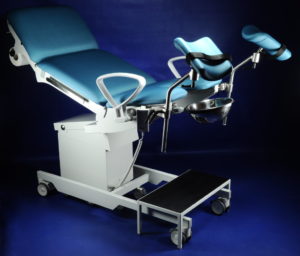Urodynamics
What are the parts of the lower urinary tract?
The lower urinary tract includes:
•Bladder: A muscular balloon-like organ in the pelvic region that stores the urine
•Urethra: The tube joined to the bladder through which the urine flows out of the body
•Sphincters: Muscles in the urinary bladder that help to hold the urine in the bladder. They relax in coordination with the bladder muscle that tightens on signals from the brain and leads to release of the urine through the urethra to the outside the body.
What is urodynamics?
Urodynamics is the investigation of the function of the lesser urinary tract to diagnose the cause for voiding dysfunction.
When is the urodynamics test indicated?
The urodynamic test is advised in patients with symptoms of urine leakage, frequent urination, recurrent urinary infections, pain during urination, sudden urge to urinate and problem in starting urination or totally emptying the bladder.
What does urodynamic testing include?
Urodynamic testing looks at how the coordinated functioning of the bladder, sphincters and urethra helps in store and release the urine. Urodynamic testing includes:
•Uroflowmetry: Measures the flow rate and volume of urine. irregular results indicate either a problem in the bladder muscles or block in urine flow.
•Post-void residual measurements: Measures the urine left in the bladder after urination
•Cystometric test: Measures the volume of the urine and bladder force that causes the urge to urinate
•Leak point pressure measurements: Measures the bladder force that involuntarily cause urine to leak in the cystometric test
•Pressure flow study: Determines the flow rate at a given pressure
•Electromyography :Measures the electrical activity of the muscles and nerves, in and around the bladder and sphincter
•Video urodynamic tests: Captures pictures and videos of the filling and emptying of the bladder. Imaging is done either using X-rays or ultrasound.
What does your post-operative care include?
You may feel a little uneasiness when urinating for a few hours after the test. Drinking water often and holding a warm damp cloth over the urethral opening helps reduce the discomfort
The lower urinary tract includes:
•Bladder: A muscular balloon-like organ in the pelvic region that stores the urine
•Urethra: The tube linked to the bladder through which the urine flows out of the body
•Sphincters: Muscles in the urinary bladder that help in holding the urine in the bladder. They relax in coordination with the bladder muscle that tightens on signals from the brain and lead to release of the urine through the urethra to the outside the body.

